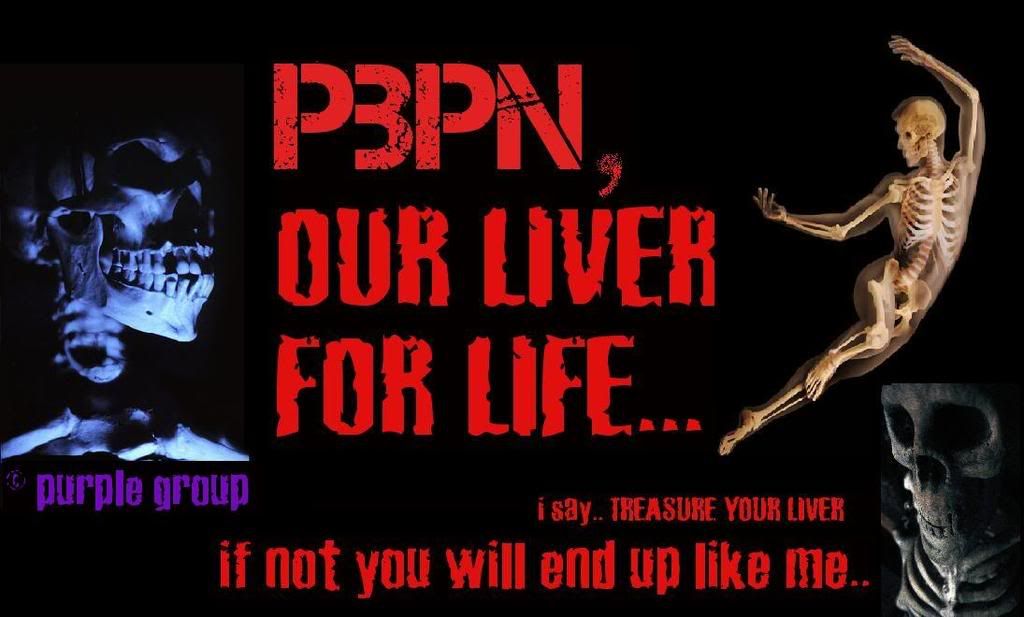
| Thursday, January 29, 2009 |
In our first entry, we're going to tell you more about  1. with relation to the clinical features 2. the mechanisms involved in causation 3. and its management. Anaphylaxis is a serious, immediate and life threatening allergic reactions. The common causes of anaphylaxis are food, medication, insect stings and latex. These allergic responses includes swelling, lowered blood pressure, dilated blood vessel and hives. In serious cases, the person will go through a state of shock. If it is not treated immediately, it can be fatal. PS: Latex is the colorless or milky sap of certain plants, such as the poinsettia or milkweed, that coagulates on exposure to air. Hives also known as Urticaria, occurs when the body are in a state of hypersensitivity reaction. They are itchy, swollen, raised areas of skin (patches/ bumps). Anti histamine may suppress the effects of hives. Retrieved on Febuary 5, 2009 from MedicineNet, Inc. BY JESSLIN ______________________________________________________________1. Anaphylaxis clinical features There is variation in clinical presentation. Typically, symptoms develop within minutes of exposure to the allergen. Occaionally, the reaction comes on after a few hours. However, up to 20% of the patients develop a late response up to 24 hours after exposure. Clinical features of Anaphylaxis MILD:
Retrieved on January 29, 2009 from National University Hospital, Australian Prescriber, Emergency Medical Services Agency
______________________________________________________________ Detailed research on clinical features of anaphylaxis was done and tabulated in table form as shown below (Click on the image for a larger and clearer image) Retrieved on 01 Febuary 2009 from The Medical Journal of Australia BY SIEW KIM Terminologies ________________________ Mucocutaneous - relating to the skin and a mucous membrane Neurological - nerves and the nervous system - Angio-edema: an allergic skin disease characterized by patches of circumscribed swelling (similar to hives appear under skin) - Dysphagia: condition in which swallowing is difficult or painful Stridor: a harsh respiratory sound due to any of various forms of obstruction of the breathing passages Dyspnoea: difficult or labored respiration Cyanosis: A bluish discoloration of the skin and mucous membranes resulting from inadequate oxygenation of the blood. - Palpitations: Irregular, rapid beating or pulsation of the heart. Tachycardia: Excessively rapid heartbeat. Bradycardia: A slow heartbeat rate, usually less than 60 beats per minute. BY JESSLIN - _______________________________________________________ LAST UPDATED - 5th FEBUARY 09 |




